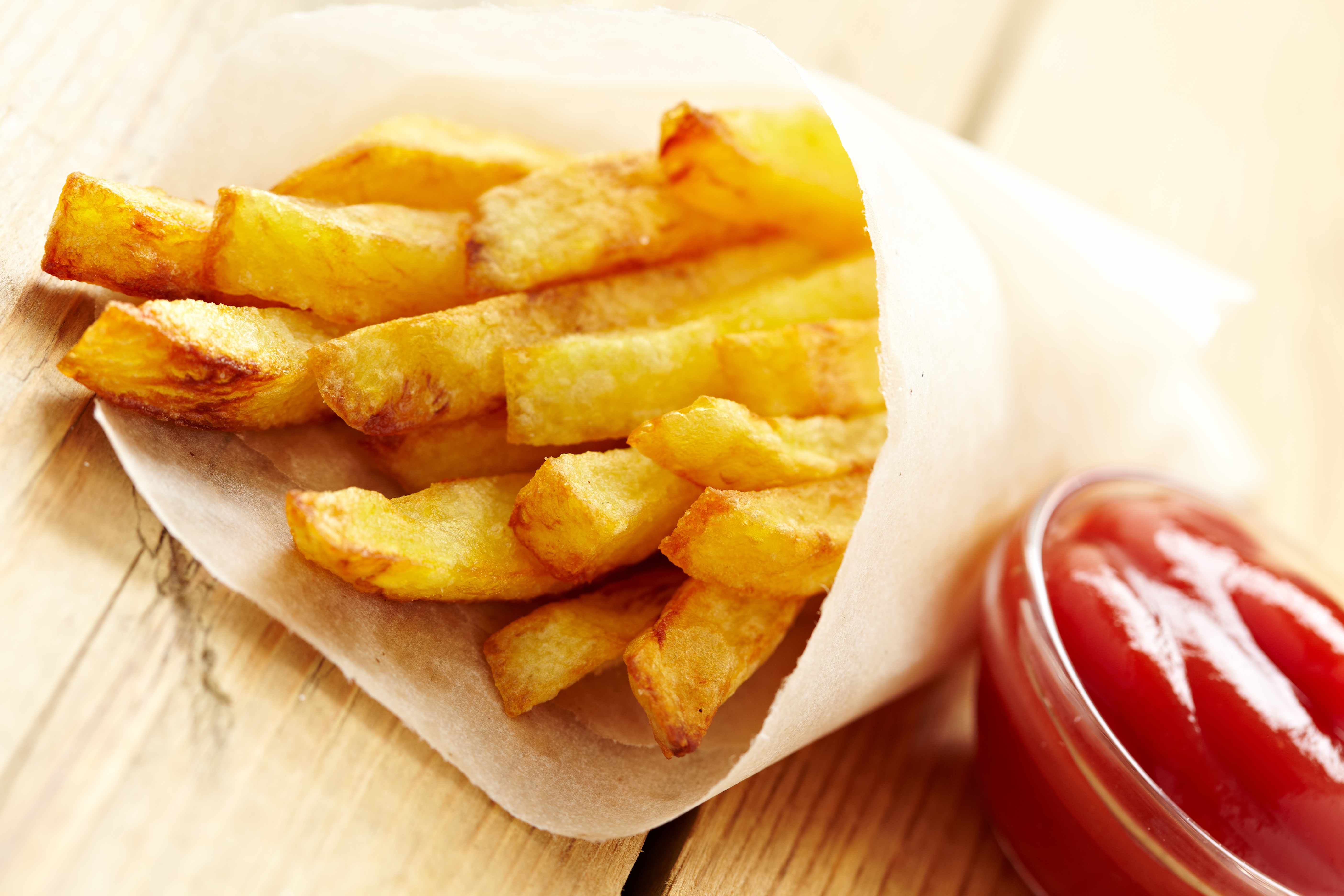 Many health care providers consider transfat to be the worst type of fat you can eat. Unlike other dietary fats, transfat, also called transfatty acids, raises your low-density lipoprotein or LDL ("bad") cholesterol and lowers your high-density lipoprotetin or HDL ("good") cholesterol.
Many health care providers consider transfat to be the worst type of fat you can eat. Unlike other dietary fats, transfat, also called transfatty acids, raises your low-density lipoprotein or LDL ("bad") cholesterol and lowers your high-density lipoprotetin or HDL ("good") cholesterol.
A diet laden with transfat increases your risk of heart disease, the leading killer of men and women. Here's some information about transfat and how to avoid it.
What is transfat?
Some meat and dairy products contain small amounts of naturally occurring transfat. But most transfat is formed through an industrial process that adds hydrogen to vegetable oil, which causes the oil to become solid at room temperature.
This partially hydrogenated oil is less likely to spoil, so foods made with it have a longer shelf life. Some restaurants use partially hydrogenated vegetable oil in their deep fryers because it doesn't have to be changed as often as other oils.
Transfat in your food
The manufactured form of trans fat, known as partially hydrogenated oil, is found in various food products, including:
- Baked goods
Most cakes, cookies, pie crusts and crackers contain shortening, which is usually made from partially hydrogenated vegetable oil. Ready-made frosting is another source of transfat.
- Snacks
Potato, corn and tortilla chips often contain transfat. And, while popcorn can be a healthy snack, many types of packaged or microwave popcorn use transfat to cook or flavor the popcorn.
- Fried food
Foods that require deep frying — french fries, doughnuts and fried chicken — can contain transfat from the oil used in the cooking process.
- Refrigerator dough
Products such as canned biscuits and cinnamon rolls often contain transfat, as do frozen pizza crusts.
- Creamer and margarine
Nondairy coffee creamer and stick margarines also may contain partially hydrogenated vegetable oils.
Reading food labels
In the U.S., if a food has less than 0.5 grams of trans fat in a serving, the food label can read 0 grams transfat. This hidden transfat can add up quickly, especially if you eat several servings of multiple foods containing less than 0.5 grams per serving.
When you check the food label for transfat, also check the food's ingredient list for partially hydrogenated vegetable oil. This indicates that the food contains some transfat, even if the amount is below 0.5 grams. Eating several portions of foods containing some transfat may boost your total intake of transfat to a level high enough to affect your health.
How low should you go?
Transfat, particularly the manufactured variety found in partially hydrogenated vegetable oil, appears to have no known health benefit. Experts recommend keeping your intake of transfat as low as possible.
The U.S. Food and Drug Administration (FDA) has determined that partially hydrogenated vegetable oil is no longer "generally recognized as safe" and should be phased out of the production of food over the next several years. However, naturally occurring transfats still will be found in some foods.
How transfat harms you
Health care providers worry about transfat because it increases the risk for heart attacks, stroke and Type 2 diabetes. Transfat also has an unhealthy effect on your cholesterol levels — increasing your LDL and decreasing your HDL cholesterol. If the fatty deposits within your arteries tear or rupture, a blood clot may form and block blood flow to a part of your heart, causing a heart attack, or to a part of your brain, causing a stroke.
What should you eat?
Foods free of transfats aren't automatically good for you. Food manufacturers may have substituted other ingredients for transfat that may not be healthy either. Some of these ingredients, coconut, palm kernel and palm oils — contain a lot of saturated fat.
Saturated fat raises your total cholesterol. In a healthy diet, 20 to 35 percent of your total daily calories can come from fat — but saturated fat should account for less than 10 percent of your total daily calories.
Monounsaturated fat, which is found in olive, peanut and canola oils, is a healthier option than saturated fat. Nuts, fish and other foods containing unsaturated omega-3 fatty acids are other good choices of foods with healthy fats.
This article is written by Mayo Clinic staff. Find more health and medical information on mayoclinic.org.